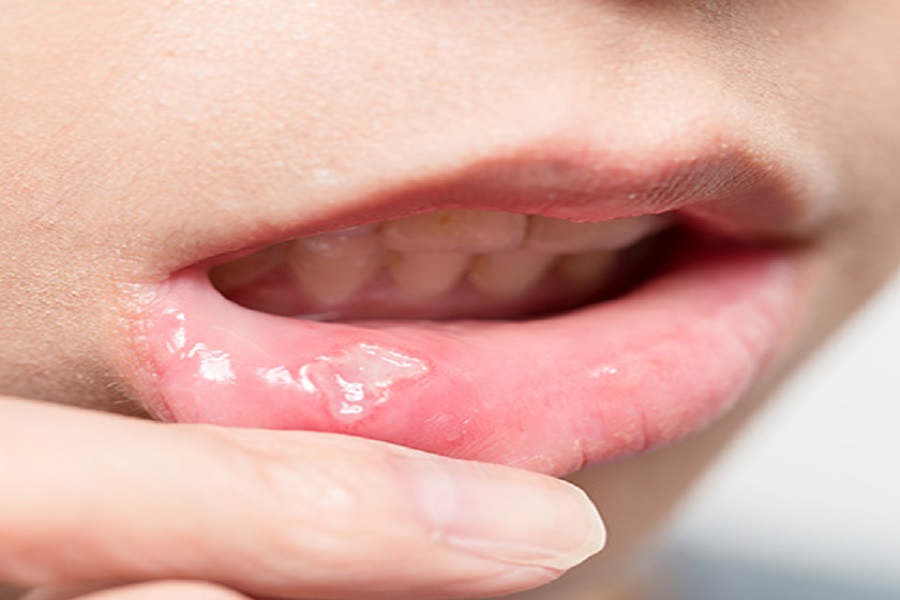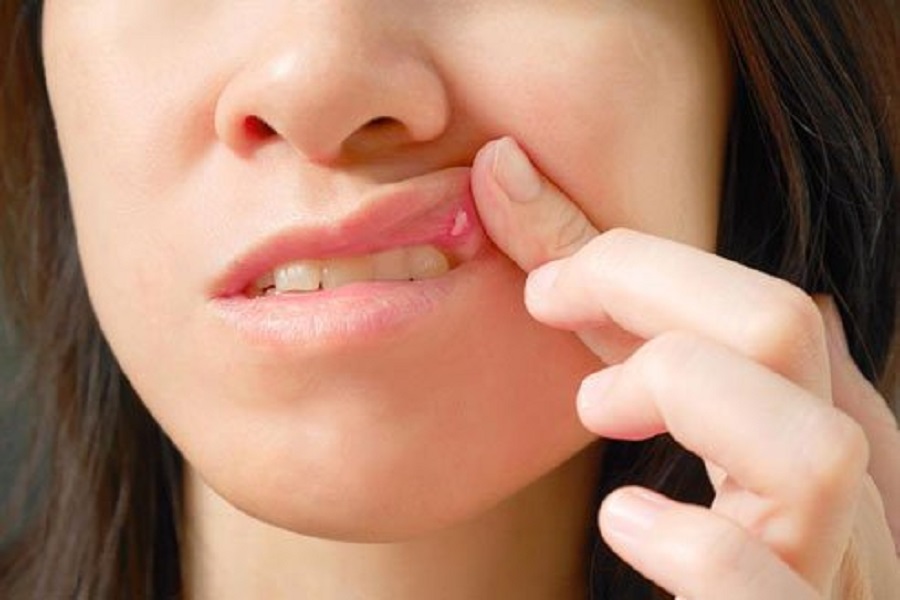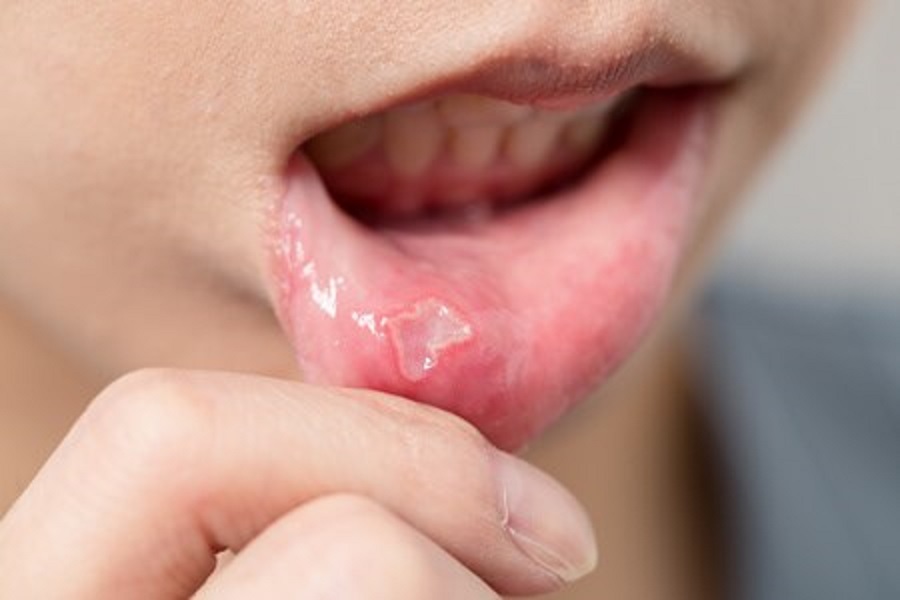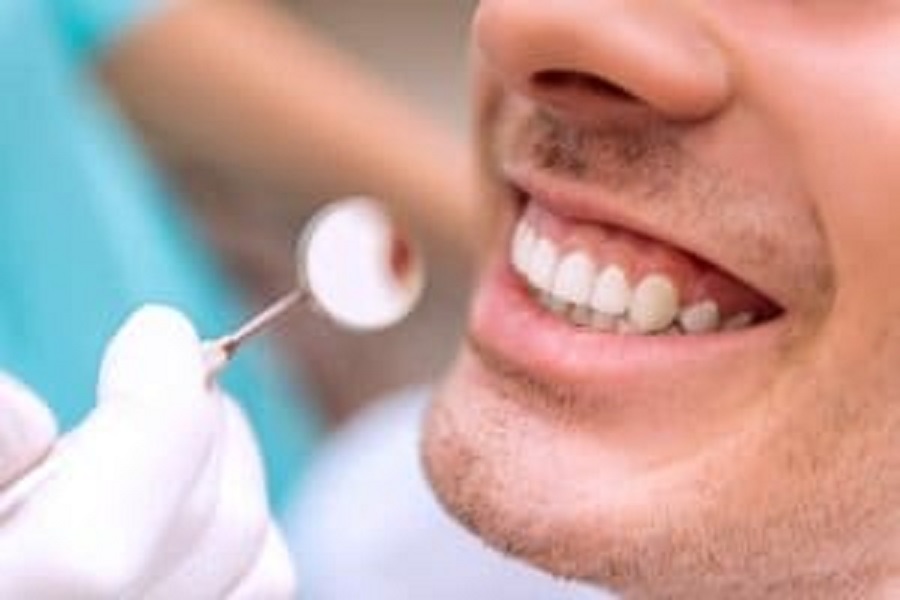Recurrent oral ulcer Recurrent oral ulcer is the most common ulcer disease in oral mucosal diseases, with a prevalence rate of about 20%, ranking first in oral mucosal diseases. The disease recurs periodically but is self-limiting and is an isolated, round or oval superficial ulcer. Synonyms are: recurrent aphthous ulcer, recurrent aphthous ulcer, recurrent aphthous stomatitis, etc. The clinical classification is not uniform. The current common classifications are mild, severe, and herpetiform ulcers. Diagnosis can be made without biopsy on the basis of clinical signs and recurrent and self-limiting and history patterns. However, for large and deep ulcers that do not heal for a long time, we should be alert to cancer, and biopsy is required to confirm the diagnosis.
① Mild aphthous ulcers are the most common, accounting for about 80% of the disease. The ulcers are not large, generally 2 to 4 mm in diameter, round or oval, with a clear perimeter, isolated and scattered, and not many in number, 1 to 5 each time. Wait. It occurs in poorly keratinized areas such as lips and buccal mucosa. Gingiva and palate with high degree of keratinization occur less frequently. Ulcers have the characteristics of “concave, red, yellow, and painful” during the attack. That is, the center of the ulcer is depressed, the base is not hard, there is a red halo of about 1mm around the periphery, the surface is covered with a light yellow pseudomembrane, and the burning sensation is obvious. Mild aphthous ulcers recur regularly and are generally divided into attack, healing and intermittent periods. The attack period is subdivided into the prodromal period and the ulcerative period. In the prodromal stage, there is local discomfort in the mucosa, and the corner pain has a burning sensation; after about 24 hours, white or red papule-like spots appear; after about 2 to 3 days, the epithelium is damaged and enters the ulcer stage; after another 4 to 5 days, the redness disappears, and the ulcer heals. Leaves no scars. The entire attack period generally lasts 1 to 2 weeks and is self-limiting without treatment. The length of the interval varies from person to person. However, the initial interval is generally longer, and then gradually shortened until one after another. Stimulation pain affects the patient’s language, eating, and mood, thereby adversely affecting the quality of life.
②Severe aphthous ulcer is also known as recurrent necrotizing mucosal periadrenal inflammation and periadrenal aphthous ulcer. At the time of the attack, the ulcer was large and deep, “like a crater”. Diameter up to 10 ~ 30mm, deep and submucosa to the muscle layer. The periphery is red and swollen, and the base of the palpable is hard, but the edges are neat and clear. Ulcers often occur singly or with several small ulcers surrounding them. Initially, it occurs at the corner of the mouth, and then tends to migrate to the back of the mouth, such as the parapharyngeal, soft palate, and drooping palate. The attack pattern of severe aphthous ulcer is basically the same as that of mild aphthous ulcer. However, the attack period can last for more than a month or even a few months, and it is also self-limiting. Ulcer pain is severe, and scarring may be left after healing, and even lead to tongue and palate drop defects.
③ Herpetiform aphthous ulcers, also known as aphthous stomatitis, are small and numerous, scattered in any part of the mucosa, with a diameter of less than 2mm, up to dozens, and it seems to have a “starry sky” feeling. Adjacent ulcers can be fused into pieces, the mucosa is red and red, and the pain is more severe than that of mild aphthous ulcers. Increased saliva secretion may be accompanied by symptoms such as headache, low-grade fever, general malaise, and local lymph node enlargement. The regularity of the attack is the same as that of the mild aphthous ulcer without scarring. Differential diagnosis should be differentiated from cancerous ulcers, tuberculous ulcers, traumatic ulcers and necrotizing salivary gland metaplasia. Mild aphthous ulcers should be differentiated from recurrent herpetic stomatitis. The latter is more common in adults and can occur anywhere in the mouth, but rarely occurs in the gums. The number of ulcers is large and small, only the needle tip is large, and the main symptoms are large area of mucosal congestion and redness. Salivation due to obvious pain and increased saliva.






























